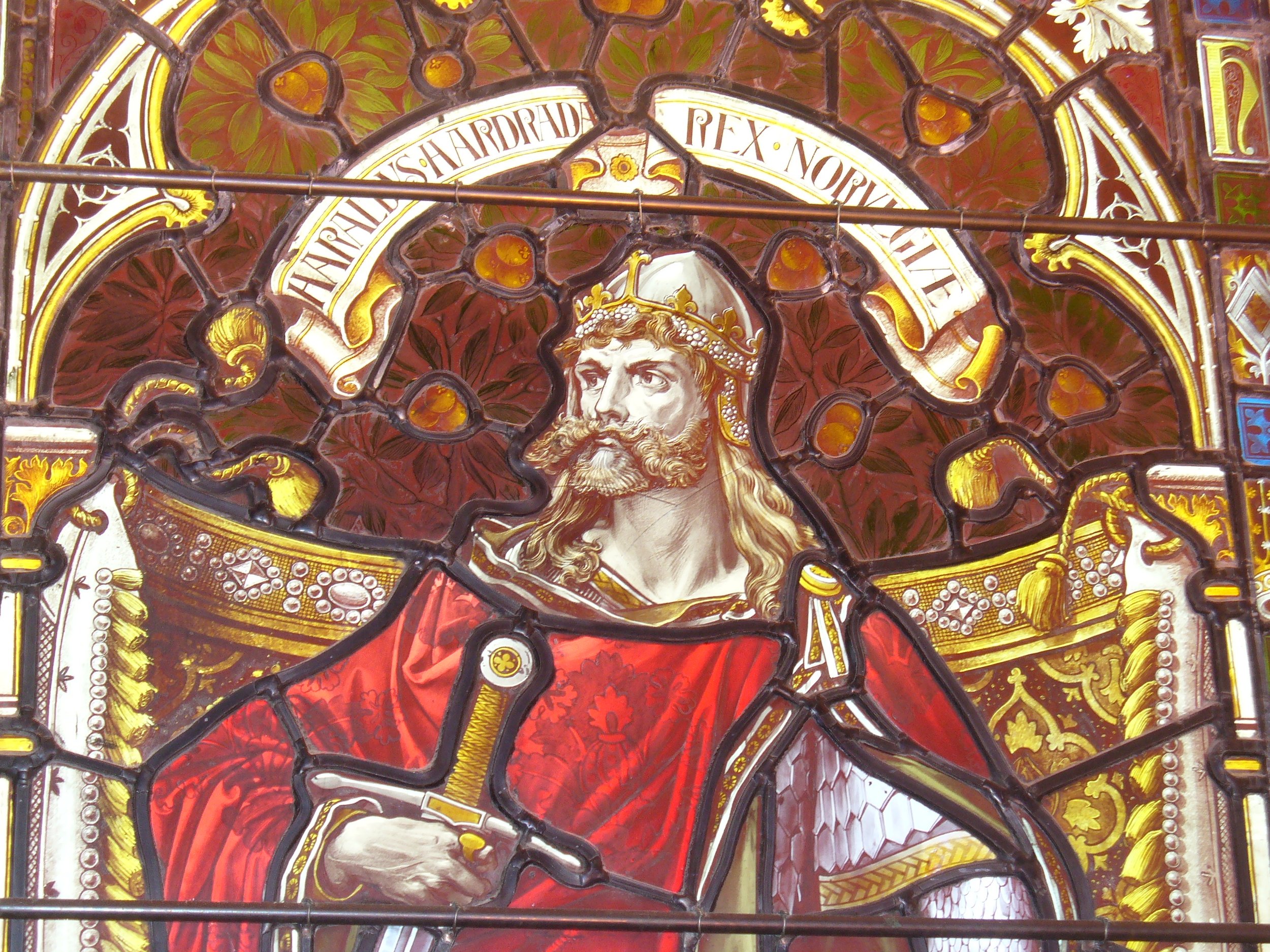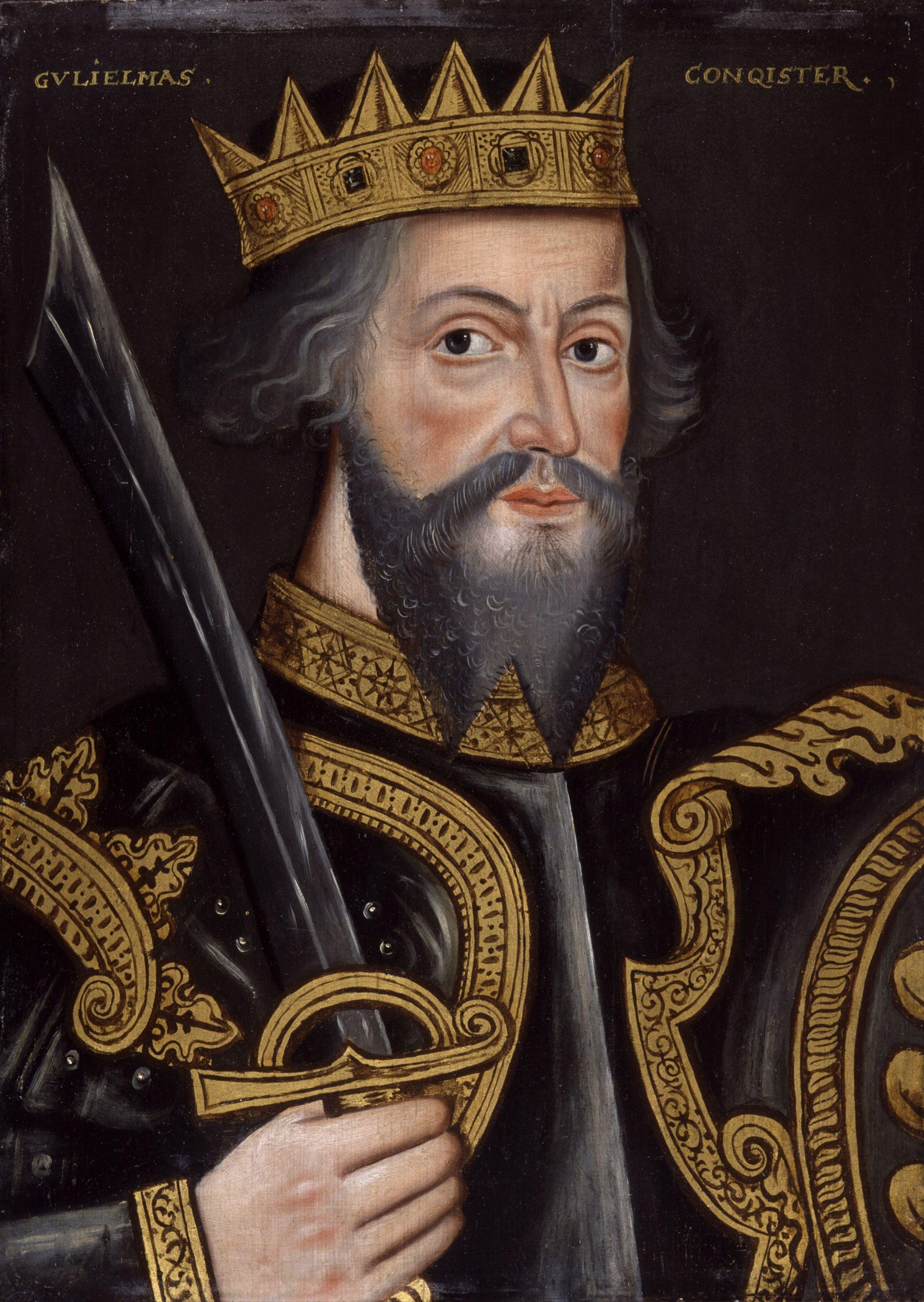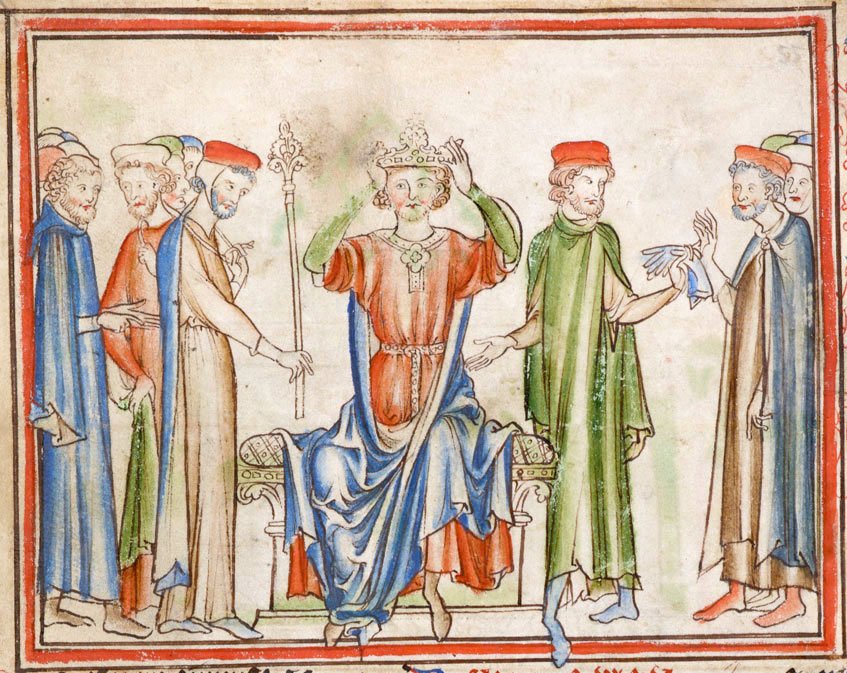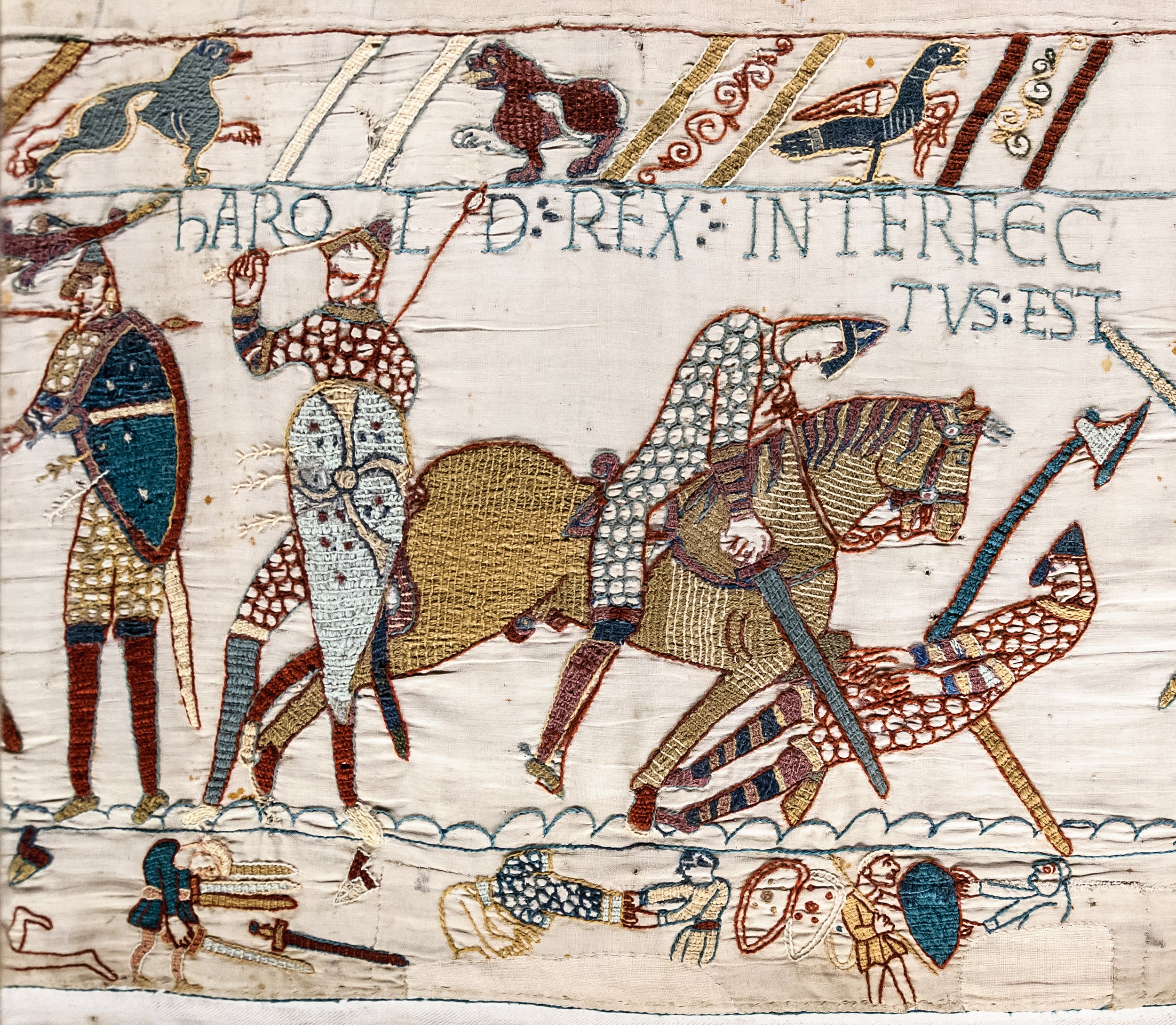The Year of Three Battles: Don Hollway (1066)
Don Hollway - author of The Last Viking
1066 was the year that England’s destiny was decided. In this superbly analysed episode, Don Hollway takes us back to the scenes of the three great battles that changed the course of history: Fulford, Stamford Bridge and Hastings.
*** [About our format] ***
For centuries before 1066 a contest had been in play for control of England. While the Anglo-Saxons dominated much of the southern parts of the kingdom, towards the north and the east of the island the seafaring people of modern-day Scandinavia – known to us as ‘the Vikings’ – had frequently been in the ascendancy.
By the eleventh century the vision of the great Viking longboats appearing out of the eastern horizon was a familiar terror for English kings. But as the year 1066 began the worry for the newly crowned Anglo-Saxon ruler of England, Harold Godwinson, was not of an invasion from the north but of an attack across the Channel to the south.
This anxiety was generated by the death of Edward the Confessor, the old king, on 5 January. Edward’s reign had been long but on his death it was not entirely clear who was his rightful successor. His marriage to Edith of Wessex had been childless, leaving the question somewhat open. The figure who first sought to exploit this uncertainty was one of Edith’s brothers, the powerful earl Harold Godwinson.
In Harold’s version of events, Edward had promised him the throne while he was on his deathbed. This act legitimised the events of 6 January 1066, when Edith’s brother was crowned as Harold II at Westminster Abbey. This was a bold and decisive act. It was one that was soon draw a response.
The problem Harold confronted was a promise the old king had allegedly made to the Norman duke William. At some point Edward had seemingly promised his kingdom to William on his death. Harold himself was said to have been dispatched across the Channel to confirm that the promise was still valid in 1064. When news of Harold’s coronation reached Normandy, therefore, it was bound to be met with fury.
The Battle of Stamford Bridge by Peter Nicolai Arbo (Wiki Commons)
So events stood through the first three quarters of 1066. The new king attempted to consolidate his position, while he watched the Channel nervously for a sign of an invasion from Normandy. What Harold expected, however, did not materialise. And instead of news of a Norman fleet, in the middle of September he heard reports of a very different kind. Far to the north of London, near York, the Viking King Harald had come ashore and was leading an army of invasion.
What ensued over the month that followed is described by the writer, journalist and re-enactor Don Hollway in this episode of Travels Through Time. In the space of just a few weeks, three great battles were fought on English soil that would determine the course of the nation’s history. The first, at Fulford, pitted Harald’s Vikings against an allied force of Mercian and Northumbrians. The result was a decisive victory for the Norsemen.
A few days later Harald was brought to battle once again. This time he fought the king himself, Harold Godwinson, who had driven his army on one of the great forced marches in military history – covering the two hundred miles from London to York in just a handful of days. While this battle, at Stamford Bridge, marked the end of Harald Hardrada’s extraordinary life, events were poised to take one final twist.
While in the north, reports reached Harold Godwinson that Duke William’s army had finally arrived on the southern coast. Once again Harold forced his army into an exhausting march to confront an invading force to protect his kingdom. The place at which they would meet would become one of the most famous battlegrounds in England: Hastings.
Don Hollway explains all of his history. In particular he describes more about the character of Harald Hardrada, a fascinating figure whose picaresque biography is often overlooked when the history of the time is retold.
***
Don Hollway is the author of The Last Viking: The True Story of King Harald Hardrada.
*** Listen to the Podcast ***
Show Notes
Scene One: 20 September 1066. The Battle of Fulford, just south of York in the north of England.
Scene Two: 25 September 25 1066. Stamford Bridge, east of York.
Scene Three: 14 October 1066. Hastings on the south coast, or more precisely Senlac Hill, a few miles inland.
Memento: Harald Hardrada’s raven flag or Harold Godwinson’s ‘fighting man’ flag.
People/Social
Presenter: Peter Moore
Guest: Don Hollway
Production: Maria Nolan
Podcast partner: Ace Cultural Tours
Theme music: ‘Love Token’ from the album ‘This Is Us’ By Slava and Leonard Grigoryan
Follow us on Twitter: @tttpodcast_
See where 1066 fits on our Timeline
About Don Hollway
Don Hollway is an historian, illustrator, historical re-enactor and classical rapier fencer. For over 25 years his writing on history, aviation, and re-enacting has appeared in magazines ranging from Aviation History, Excellence, History Magazine, Military Heritage, Military History, Wild West, and World War II to Muzzleloader, Porsche Panorama, Renaissance Magazine, and Scientific American.
His first nonfiction book, The Last Viking, a gripping history of Norse king Harald Hardrada, is an Amazon best seller in the US and UK, acclaimed by The Times of London and Michael Dirda, Pulitzer Prize-winning critic for The Washington Post.
Featured images
Bayeux Tapestry: Harold swears an oath on holy relics to William of Normandy
The Battle of Stamford Bridge, from The Life of King Edward the Confessor by Matthew Paris.
Watch on YouTube
Complimentary episodes
Alfred the Great and the Vikings: Michael Wood (878)
This week we are travelling back to the ninth century to witness one of the major turning points in English history with one of Britain’s great historians: Michael Wood.
The Evening and the Morning: Ken Follett (1002)
In this fascinating episode, Ken Follett, the internationally bestselling novelist, takes us back to the beginning of the last millennium.
The White Ship: Charles Spencer (1120)
Nine hundred years ago, a ship carrying the heir to the throne and his companions was wrecked off the coast of Normandy in one of the most shocking episodes in all English history. Charles Spencer takes us back to 1120.
Crusaders: Dan Jones (1147)
In this episode the bestselling historian Dan Jones guides us back to 1147, the year the Second Crusade was launched.













